Perruques voitures & Archéologie contemporaine
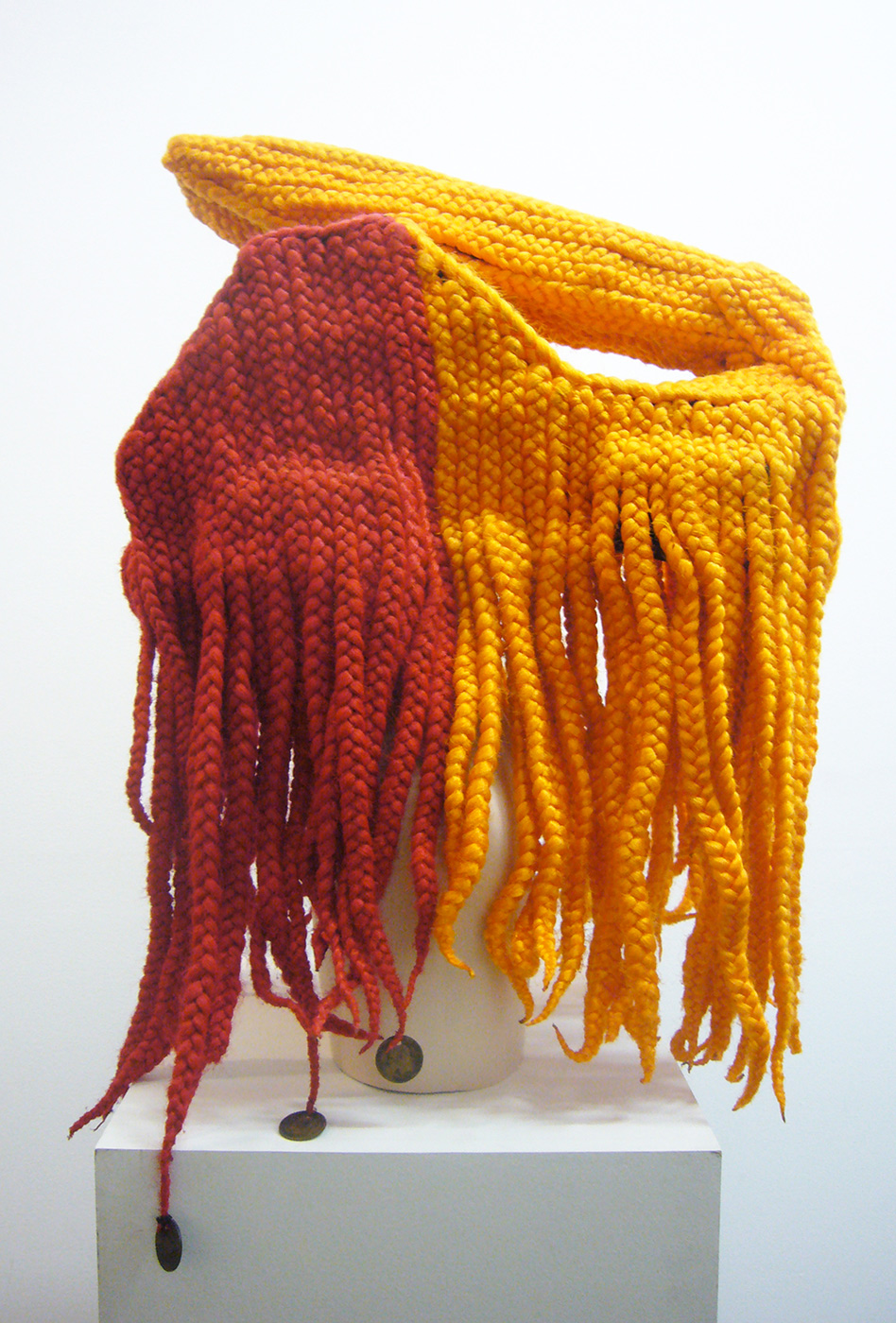
Perruques voitures & Archéologie contemporaine
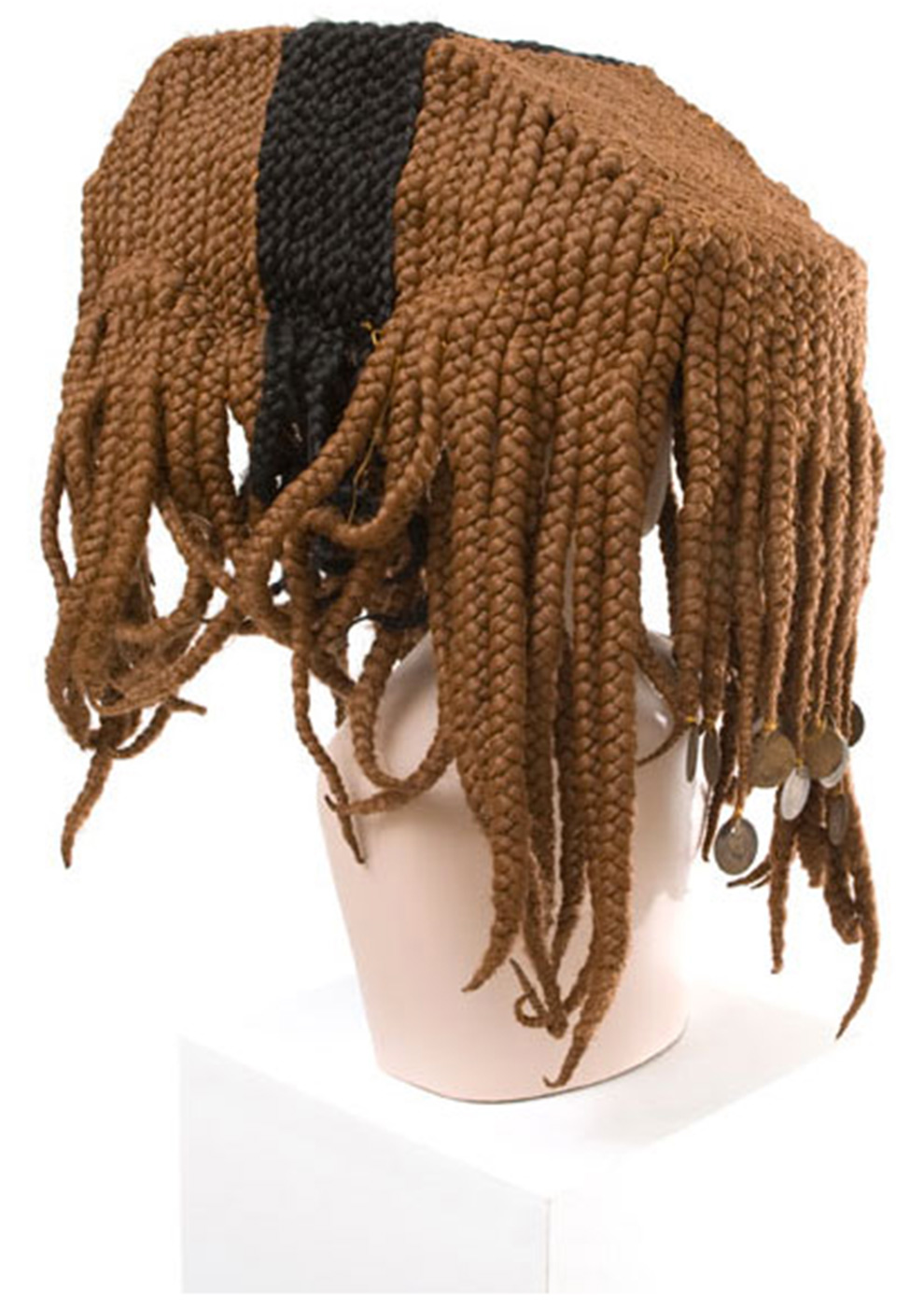
Meschac Gaba
Picasso (Série Perruques voiture), 2008
Unique artwork
© Galerie In Situ - fabienne leclerc
l'artiste & Galerie In Situ - fabienne leclerc, Paris

Meschac Gaba
Smart (Série Perruques voiture), 2008
Unique artwork
© Galerie In Situ - fabienne leclerc
l'artiste & Galerie In Situ - fabienne leclerc, Paris
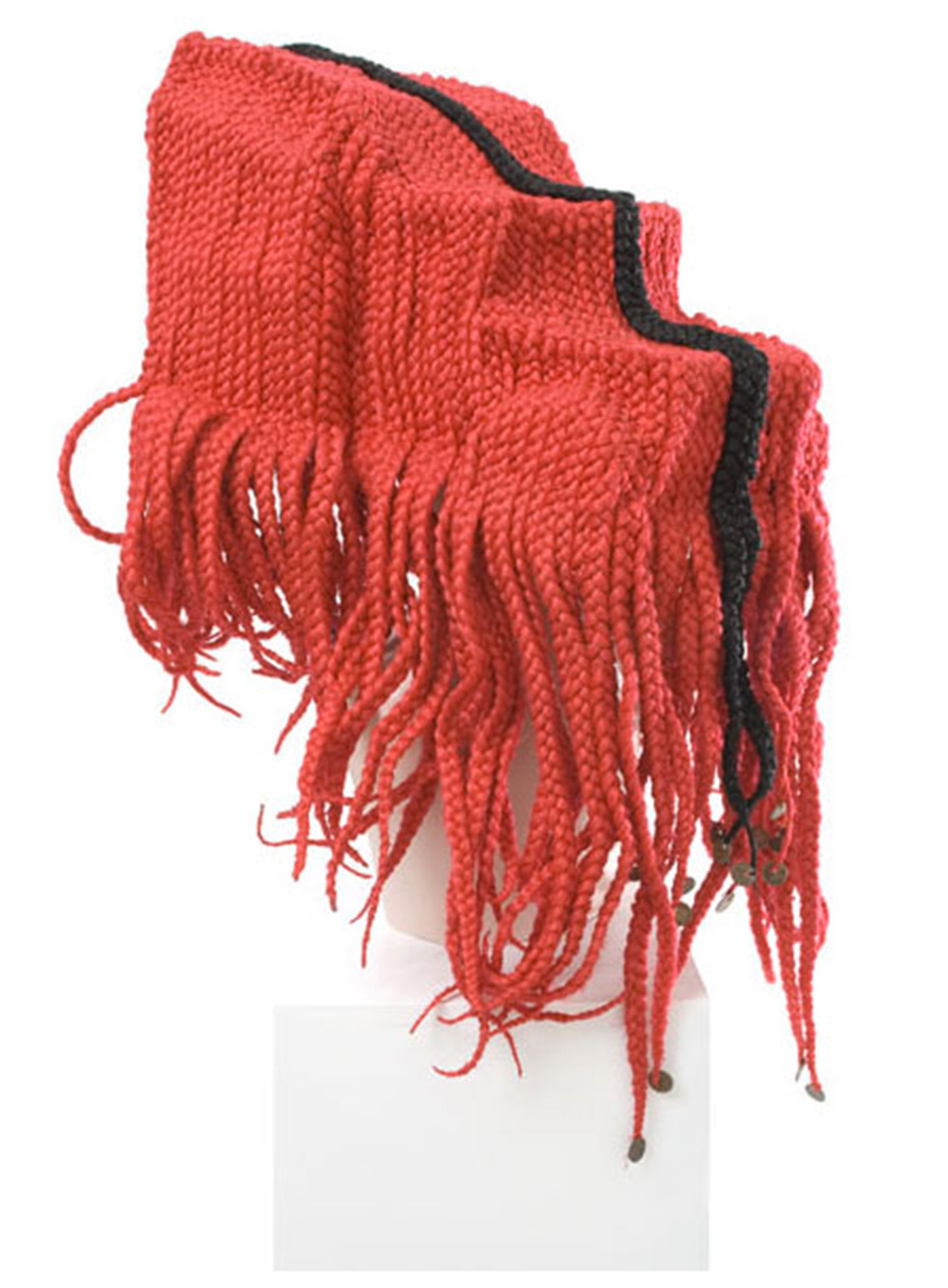
Meschac Gaba
Truck (Série Perruques voiture), 2008
Unique artwork
Courtesy Meschac Gaba & Galerie In Situ - fabienne leclerc, Grand Paris
l'artiste & Galerie In Situ - fabienne leclerc, Pari
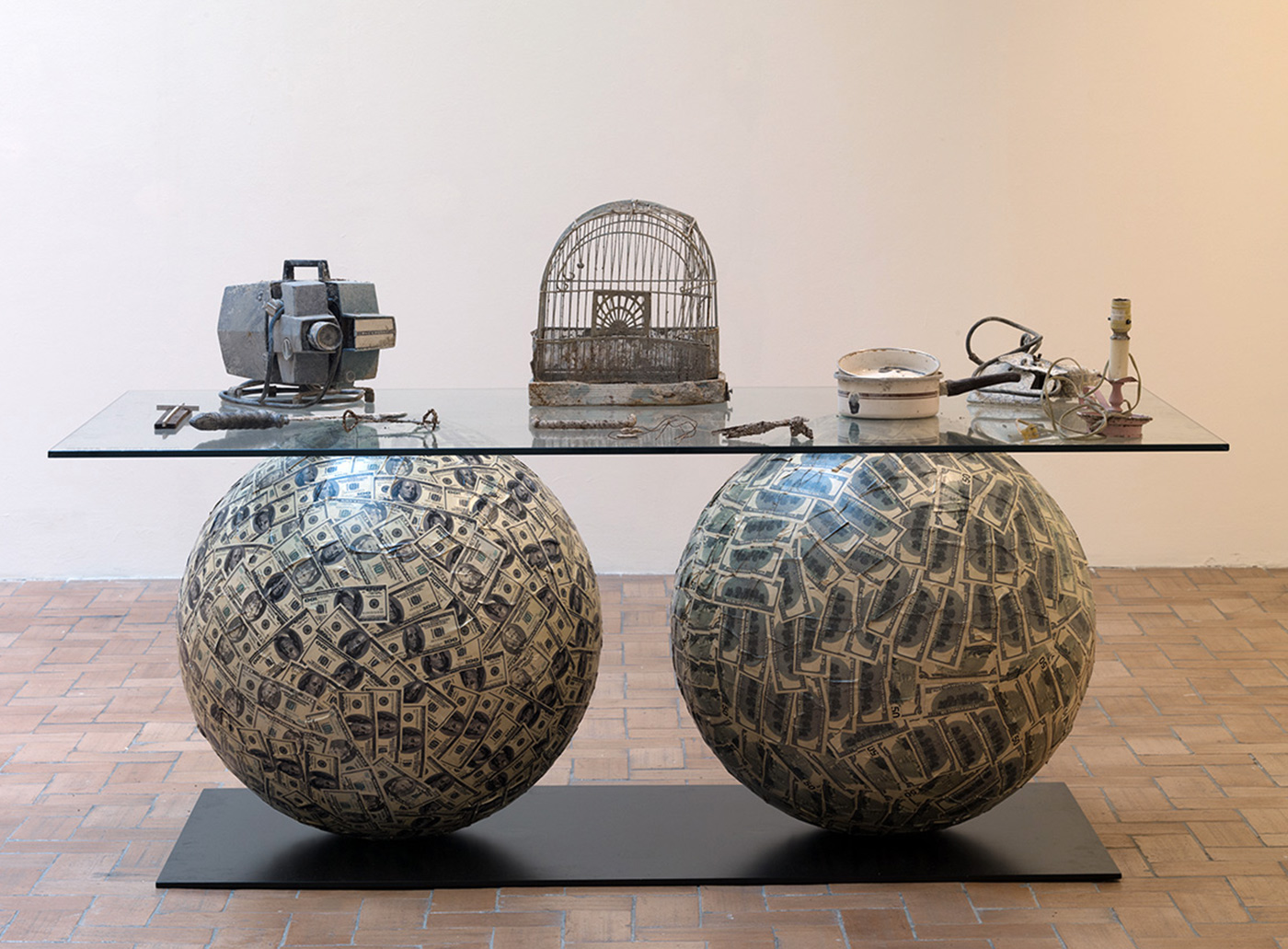
Meschac Gaba
Archéologie contemporaine 1, 2003
Exemplaire N° Pièce unique et pour le logiciel ed:1/2 +1EA
Courtesy de l'artiste & Galerie In Situ - fabienne leclerc, Grand Paris
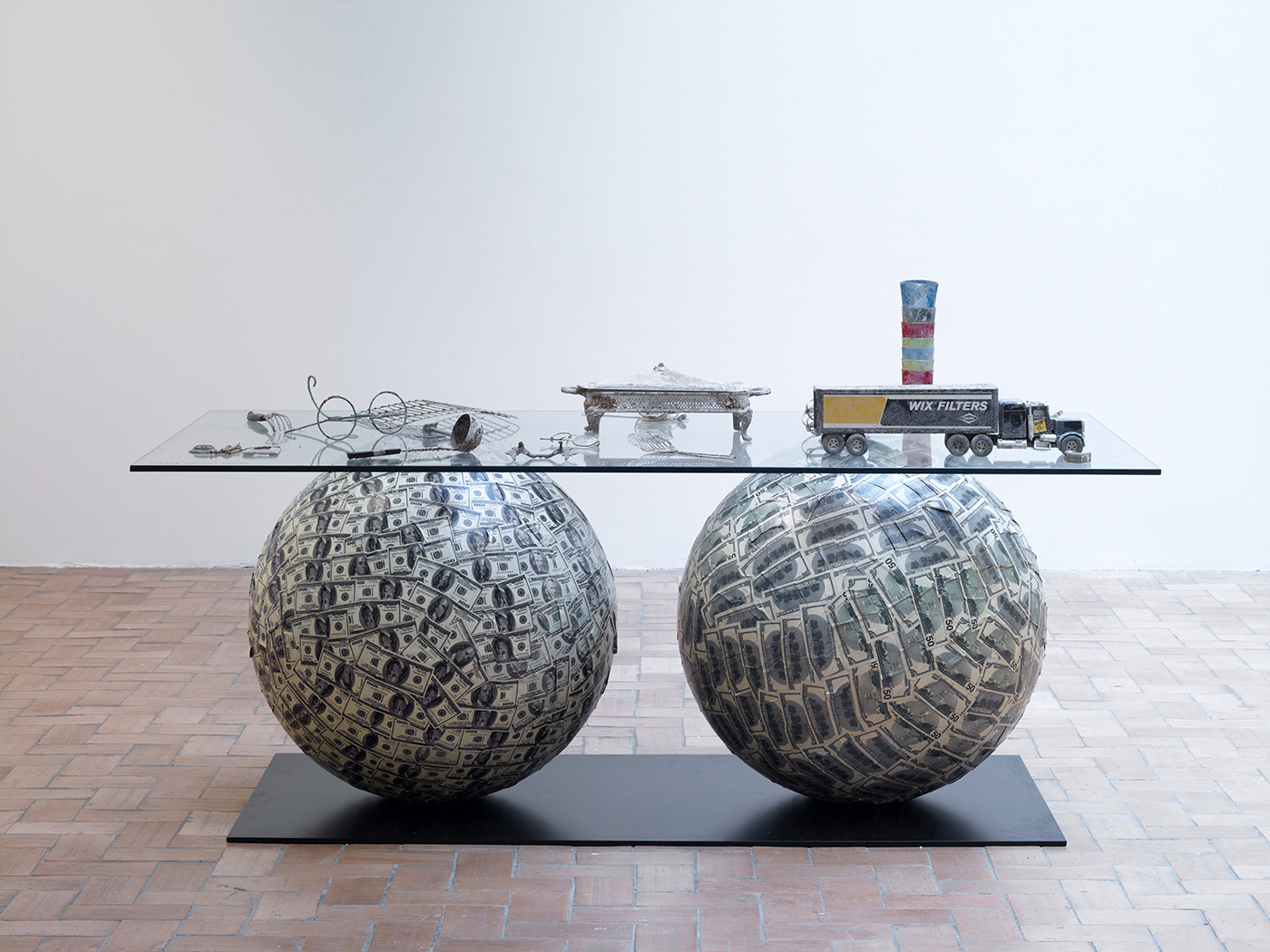
Meschac Gaba
Archéologie contemporaine 2, 2003
Exemplaire N° Pièce unique et pour le logiciel ed:2/2 +1EA
The archaeology of the future
For more than ten years now, one of Africa’s most pertinent contemporary artists, Meschac Gaba, has been rewriting the contemporary history of his motherland. In a recent solo exhibition (Kassel, Las Palmas) a collection of works spelled out his vision. Remixing clichés that run rampant in the art world, Gaba deconstructs conventional wisdom and transforms such accepted notions as the museum in order to adapt them to his personal view of the world. It is a vision made up of conceptual collages which imbue his universe with an immediacy that refers to neither place nor origin. Through humor and a perspective which he has acquired from years of artistic experimentation that has taken him across the globe, Gaba presents a world in the making. At its essence his work reminds me of the epigraph to “L’ecume de jours” by Boris Vian: “This story is true since I invented it from the beginning to the end.” Gaba draws a fine line between fiction and reality, redirection and invention. The story he tells is an ancient one going back to the beginning of time, like a paradoxical archaeology of the possible. His wig cars and his contemporary archaeology are emblematic of the way he decodes the signs around him. In both series he plays with the juxtaposition of opposites.
Can archaeology be contemporary? Can today’s mundane objects be the subject of research by future generations? When it comes to wigs, they illustrate the timeless conflict between the ancient and the modern, a tradition that opposes and is complicit in the aspirations of what has become a consumerist society. The questions Gaba raises in a pretend naïve manner are those of a globalization that wants to eradicate all differences. He says we are all the same, precisely because of that which makes us different and that which bolsters our humanity.
Simon Njami
Fake Realities
Citroën, Jeep, Studebaker, Smart, Picasso, Tractor, Oil Tanker… Is this an incomplete list from a car show? Meschac Gaba didn’t think it necessary to include a Mercedes or a Rolls to his collection. That might have been nouveau riche. But the tractor and the tanker stick out; they should be in different shows. And different realities too. Maybe the farm show or the petroleum fair. Africa isn’t forgotten. And social and political commentary are just around the corner. But beyond Africa, this collection of wigs invokes another show, the beauty parlor this time, and the artist reveals an aspect of Africa by suggesting a dual understanding of these bizarre objects. The first calls to mind the ordinary dreams that come true for ordinary citizens through the external display of their desires. I’m thinking about the novel who’s author I can’t remember, called “My Mercedes is Bigger than Yours.” Competition and machismo. The funny thing is that the message is delivered via feminine things. Fineries that, and here’s the deeper significance, that invoke transvestism and masks. For a few years now artificial hair weaves have been huge in Africa and today it’s rare to see women with their own hair. Beyond women though, the whole society is targeted, without judgment or condemnation. It’s up to us to figure out the level of alienation that is carried in artificial hair itself. Maybe one day they’ll end up in the contemporary archaeology of an artist who gathers artifacts which he believes are witness to our time on earth, among all the other bits and pieces and handiwork. Wigs as archaeology is nothing more than fake reality, a call to make our own museums and to redefine the hierarchy of things.
Simon Njami